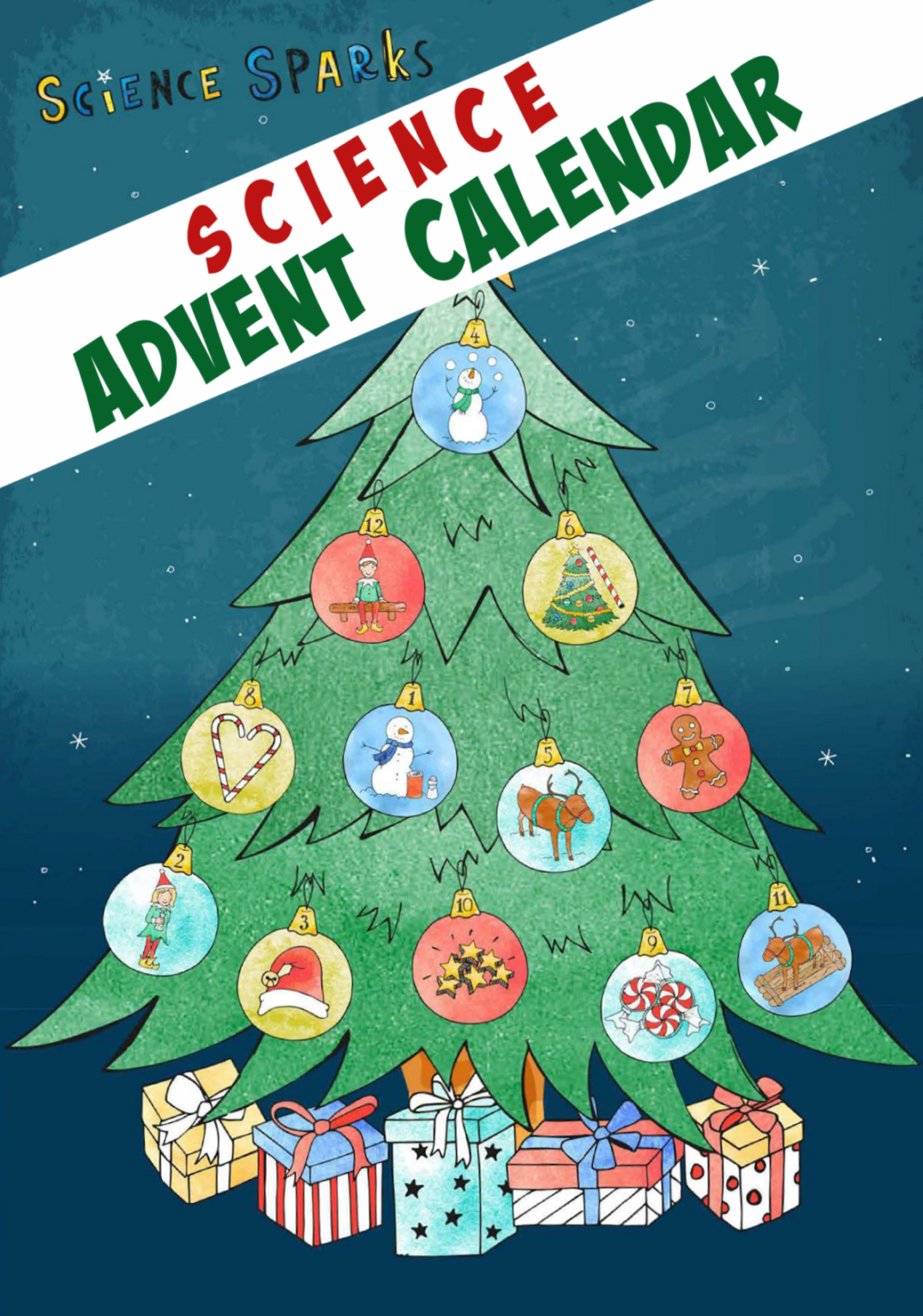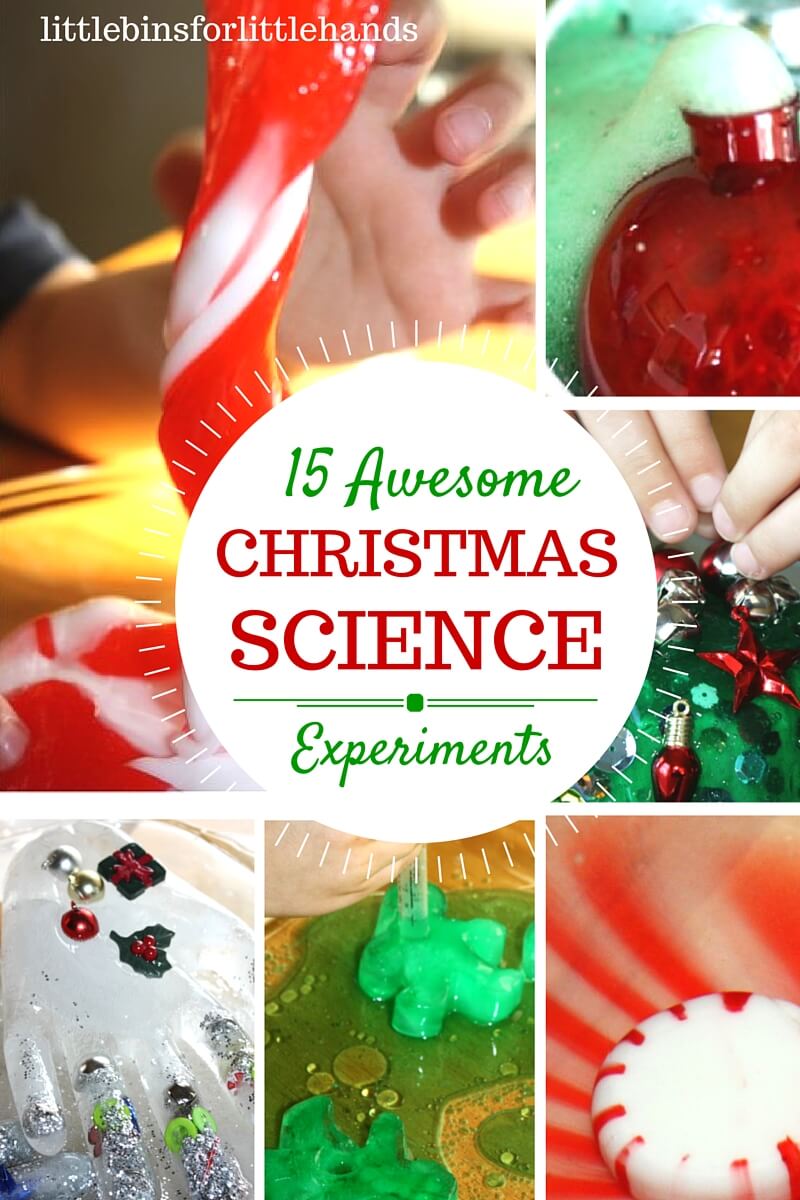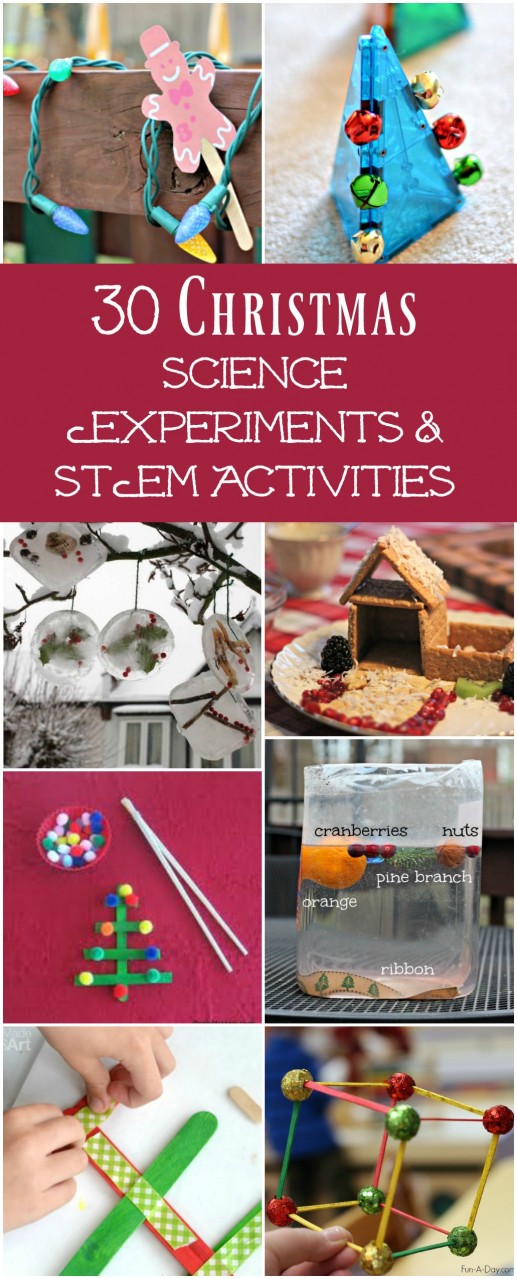Christmas Science Activities 2024: Unveil The Magic Of Science This Holiday Season
Christmas Science Activities 2024: Unveil the Magic of Science This Holiday Season
Related Articles: Christmas Science Activities 2024: Unveil the Magic of Science This Holiday Season
- Christmas Ribbon Crafts Ideas 2024: Elevate Your Holiday Décor With Festive Embellishments
- Celebrate Christmas With A Festive Salmon Feast: Recipes For 2024
- Christmas Quotes From Peanuts: A Timeless Celebration Of The Season
- Christmas Quotes Kids 2024
- Christmas Sale In Canada 2024: The Ultimate Guide To Unbelievable Deals And Discounts
Introduction
With enthusiasm, let’s navigate through the intriguing topic related to Christmas Science Activities 2024: Unveil the Magic of Science This Holiday Season. Let’s weave interesting information and offer fresh perspectives to the readers.
Table of Content
Video about Christmas Science Activities 2024: Unveil the Magic of Science This Holiday Season
Christmas Science Activities 2024: Unveil the Magic of Science This Holiday Season

Christmas, a time of joy, love, and the spirit of giving, also presents an opportunity for engaging and educational science activities. By incorporating science into the holiday festivities, we can foster a love for learning in children and adults alike while creating memorable moments. This article presents an array of Christmas-themed science activities for 2024, designed to ignite curiosity, spark creativity, and celebrate the wonders of science.
1. Christmas Crystal Creations:
Materials:
- Epsom salt
- Water
- Food coloring (optional)
- Pipe cleaners or string
Instructions:
- Dissolve Epsom salt in hot water until the solution is saturated (no more salt can dissolve).
- Add food coloring for desired color (optional).
- Suspend pipe cleaners or string in the solution.
- Allow the solution to cool and crystallize overnight.
- Marvel at the intricate and beautiful crystal formations.
2. Dancing Raisins: A Festive Fizz:
Materials:
- Clear glass
- Water
- Raisins
- Baking soda
- Vinegar
Instructions:
- Fill the glass with water.
- Add raisins to the water.
- Dissolve baking soda in a small amount of water and add it to the glass.
- Observe the raisins dance and bob to the surface.
- Explain the science behind the reaction: the baking soda and vinegar react to create carbon dioxide gas, which attaches to the raisins and makes them buoyant.
3. Christmas Tree Chromatography:
Materials:
- Coffee filters
- Green food coloring
- Water
- Clear glass or jar
- Scissors
Instructions:
- Cut the coffee filters into tree shapes.
- Draw a line of green food coloring near the bottom of each tree.
- Place the trees in the glass or jar filled with water.
- Observe as the water travels up the trees, separating the food coloring into different pigments.
- Discuss the principles of chromatography and how it can be used to separate mixtures.
4. Santa’s Magic Milk Experiment:
Materials:
- Shallow dish
- Whole milk
- Food coloring (red, green, blue)
- Dish soap
Instructions:
- Fill the dish with milk.
- Add drops of red, green, and blue food coloring to different areas of the milk.
- Dip a cotton swab into dish soap and touch the center of the milk.
- Observe the colors swirling and mixing, creating a festive spectacle.
- Explain the science behind the reaction: the dish soap breaks down the surface tension of the milk, allowing the food coloring to spread and interact.
5. Reindeer Breath: A Foggy Winter Wonder:
Materials:
- Dry ice
- Hot water
- Clear glass or jar
- Funnel
Instructions:
- Place dry ice in a clear glass or jar.
- Pour hot water over the dry ice using a funnel.
- Observe the dense fog that forms, resembling the breath of reindeer.
- Explain the science behind the reaction: the hot water vapor condenses on the surface of the cold dry ice, creating a fog.
6. Christmas Light Circuits: A Festive Illumination:
Materials:
- Battery pack
- Wire
- LED lights (Christmas lights)
- Conductive tape
Instructions:
- Connect the battery pack to a wire.
- Attach LED lights to the wire using conductive tape.
- Create different circuit designs, such as stars, trees, or snowflakes.
- Observe the lights illuminate, showcasing the principles of electrical circuits.
7. Candy Cane Science: Sweet and Scientific:
Materials:
- Candy canes
- Clear glass or jar
- Water
- Sugar
Instructions:
- Place a candy cane in a clear glass or jar filled with water.
- Observe the candy cane dissolve and the water turn cloudy.
- Explain the science behind the reaction: the candy cane is made of sugar, which dissolves in water, creating a supersaturated solution.
- Add more sugar to the solution and observe the candy cane recrystallize.
8. Gingerbread House Science: A Structural Adventure:
Materials:
- Gingerbread house kit
- Ruler
- Protractor
- Calculator
Instructions:
- Build the gingerbread house according to the kit instructions.
- Measure the dimensions of the house and calculate its volume.
- Determine the surface area of the house.
- Calculate the density of the house by dividing its mass by its volume.
- Discuss the principles of structural engineering and how they apply to the design of the gingerbread house.
9. Christmas Tree Stargazing: A Celestial Celebration:
Materials:
- Telescope or binoculars
- Star chart
- Blanket or chair
Instructions:
- Find a clear night with minimal light pollution.
- Set up the telescope or binoculars in a comfortable location.
- Use the star chart to identify Christmas-themed constellations, such as Orion (the Hunter) and Taurus (the Bull).
- Observe the stars and planets, marveling at the wonders of the night sky.
10. Christmas Carol Sound Waves: A Musical Investigation:
Materials:
- Tuning forks
- Water-filled glasses
- Graduated cylinder
- Ruler
Instructions:
- Fill water-filled glasses with different amounts of water.
- Strike a tuning fork and hold it above each glass.
- Observe the sound waves created by the tuning fork and measure the distance between the nodes (points of no vibration).
- Plot the distance between nodes against the water level in each glass.
- Discuss the relationship between sound waves and the properties of the medium they travel through.
11. Winter Solstice Science: The Shortest Day of the Year:
Materials:
- Globe
- Flashlight
- Marker
Instructions:
- Mark the North Pole on the globe.
- Position the flashlight at the North Pole and tilt the globe at an angle of 23.5 degrees (the Earth’s axial tilt).
- Shine the flashlight onto a wall or surface.
- Observe the different lengths of daylight and darkness on different parts of the globe.
- Explain the science behind the winter solstice and its significance in different cultures.
12. Christmas Tree Combustion: A Festive Demonstration:
Materials:
- Small Christmas tree (artificial or real)
- Matches or lighter
- Fire extinguisher (for safety)
Instructions:
- Ensure proper safety precautions and conduct this experiment outdoors or in a well-ventilated area.
- Light a small section of the Christmas tree on fire.
- Observe the combustion process and discuss the chemical reactions involved.
- Use a fire extinguisher to safely extinguish the fire.
13. Christmas Ornament Aerodynamics: A Festive Flight:
Materials:
- Christmas ornaments of various shapes and sizes
- Fan
- Stopwatch
Instructions:
- Place the ornaments in front of the fan.
- Start the fan and observe how the ornaments move.
- Time how long it takes each ornament to fall to the ground.
- Discuss the principles of aerodynamics and how they affect the flight of the ornaments.
14. Christmas Cookie Chemistry: A Sweet Experiment:
Materials:
- Cookie dough
- Baking sheets
- Oven
- Ingredients for different cookie recipes (e.g., sugar cookies, gingerbread cookies)
Instructions:
- Divide the cookie dough into different portions and add different ingredients to each portion (e.g., spices, extracts, food coloring).
- Bake the cookies according to the recipe instructions.
- Observe the different textures, flavors, and appearances of the cookies.
- Discuss the role of chemistry in baking and how different ingredients affect the final product.
15. Christmas Lights Energy Efficiency: A Festive Conservation:
Materials:
- Christmas lights (LED, incandescent, and fluorescent)
- Wattmeter
- Extension cord
Instructions:
- Connect the Christmas lights to the wattmeter and plug the wattmeter into an outlet.
- Measure the power consumption of each type of Christmas lights.
- Compare the power consumption of different types of lights and discuss the importance of energy efficiency.
16. Christmas Tree Biodiversity: A Festive Ecosystem:
Materials:
- Christmas tree
- Magnifying glass
- Field guide to insects and plants
Instructions:
- Observe the Christmas tree closely with a magnifying glass.
- Identify and count the different types of insects, plants, and other organisms living on the tree.
- Discuss the concept of biodiversity and how Christmas trees can support a variety of ecosystems.
Conclusion:
Christmas, a time of celebration and joy, offers a wealth of opportunities for engaging and educational science activities. By incorporating these activities into the holiday festivities, we can ignite curiosity, spark creativity, and foster a love for learning in children and adults alike. From crystal creations to dancing raisins, from Christmas light circuits to gingerbread house science, these activities bring the magic of science into the holiday season, creating memorable moments and unforgettable experiences. As we embrace the festive spirit, let us also embrace the spirit of scientific exploration and discovery, making Christmas 2024 a truly extraordinary celebration of science and wonder.








Closure
Thus, we hope this article has provided valuable insights into Christmas Science Activities 2024: Unveil the Magic of Science This Holiday Season. We thank you for taking the time to read this article. See you in our next article!